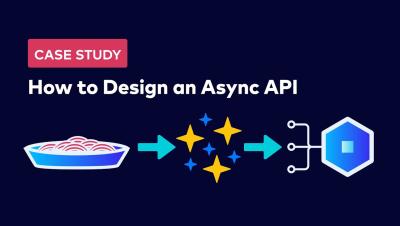Microservice Pitfalls: Solving the Dual-Write Problem | Designing Event-Driven Microservices
When building a distributed system, developers are often faced with something known as the dual-write problem. It occurs whenever the system needs to perform individual writes to separate systems that can't be transactionally linked. This situation creates the potential for data loss if the developer isn't careful. However, techniques such as the Transactional Outbox Pattern and Event Sourcing can be used to guard against the potential for data loss while also providing added resilience to the system.











